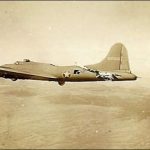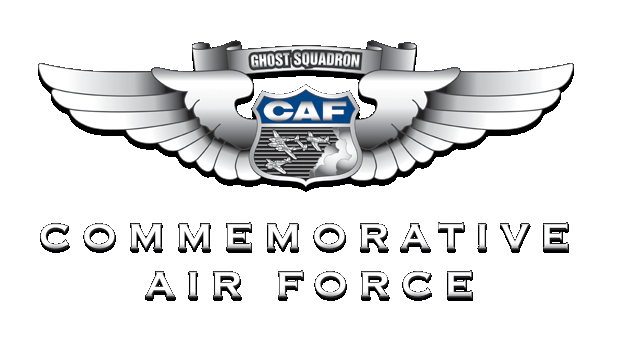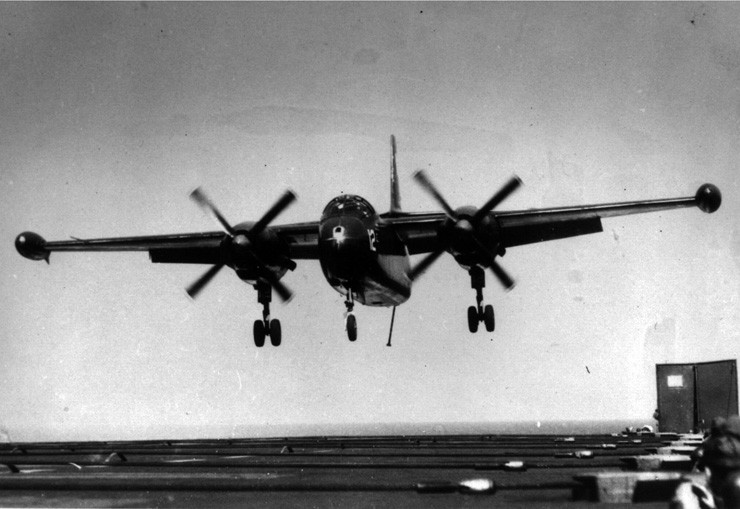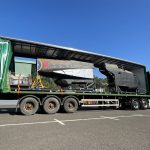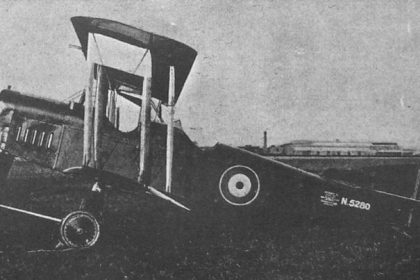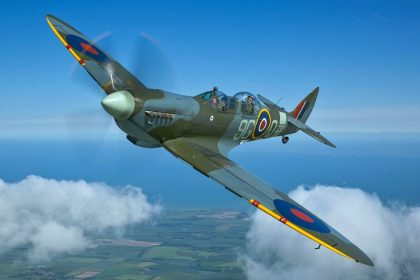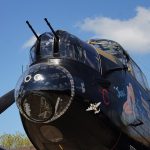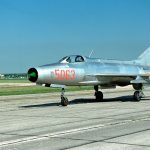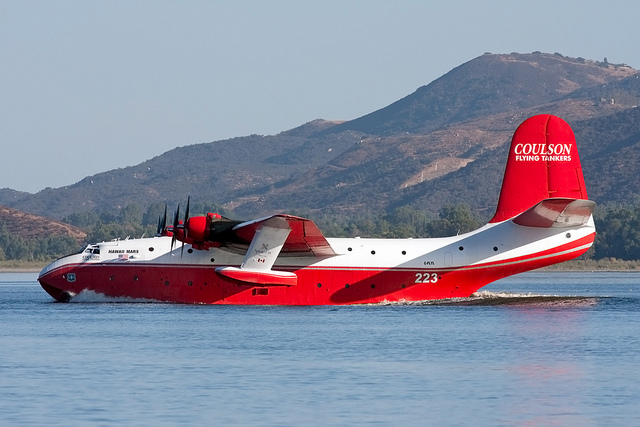
On this day in aviation history, 77 years ago—July 3, 1948—the North American AJ Savage made its first flight. Later designated the A-2, the Savage was a U.S. Navy carrier-based medium bomber developed shortly after World War II with the specific purpose of delivering atomic weapons. This requirement made the AJ the heaviest aircraft to operate from an aircraft carrier at the time.
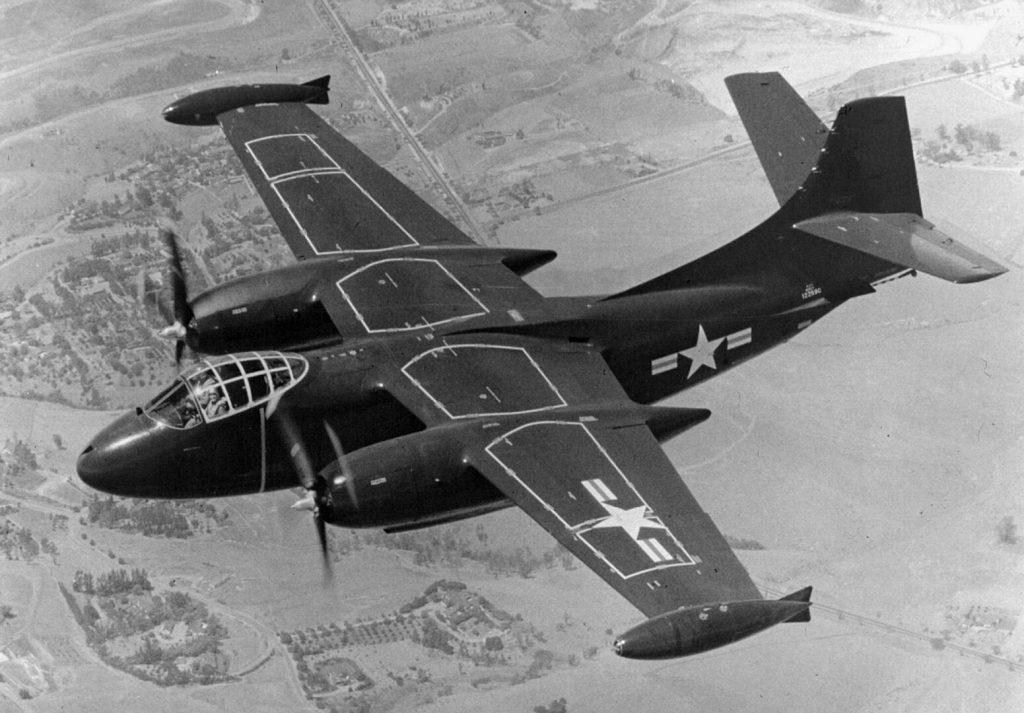
Designed to accommodate the Mark 4 nuclear bomb, the AJ-1 featured a high-wing monoplane layout with a crew of three and mixed propulsion. It was powered by two wing-mounted Pratt & Whitney R-2800-44W Double Wasp radial engines, each producing 2,400 horsepower, and a single rear-fuselage Allison J33-A-10 turbojet generating 4,600 pounds of thrust. This combination allowed the aircraft to reach a top speed of 471 mph.
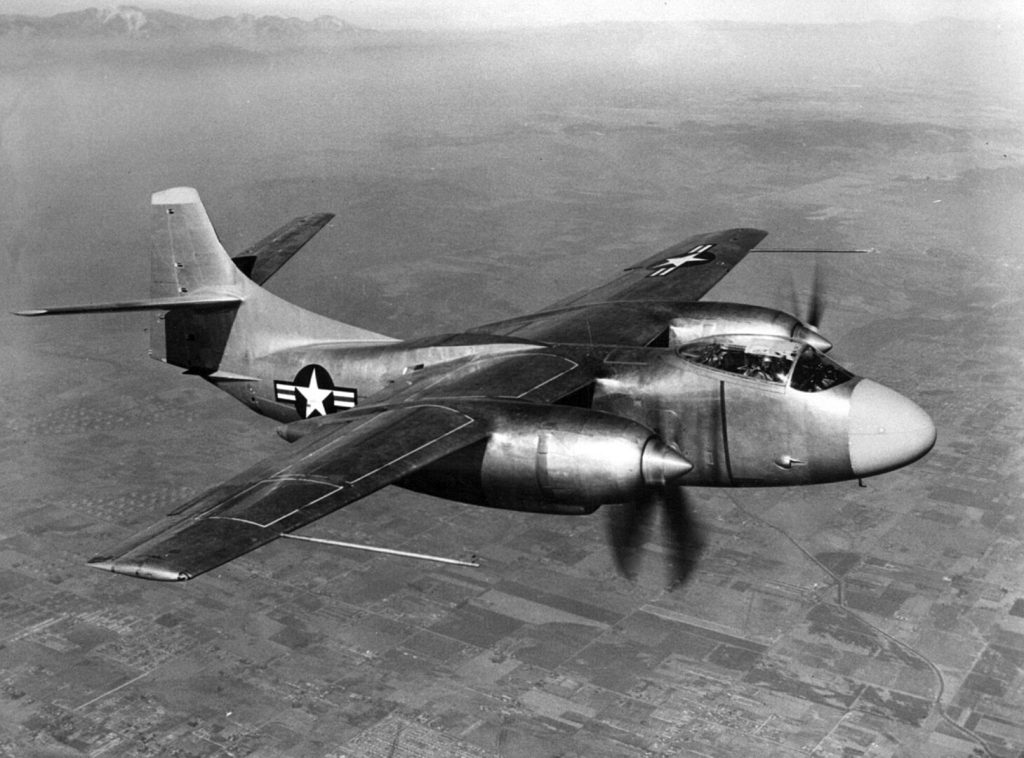
The AJ-1 had a service ceiling of 40,800 feet and a range of 1,731 miles. While its primary mission was to carry a nuclear bomb, the aircraft could also carry up to 12,000 pounds of conventional ordnance. Introduced into service in 1950, the AJ-1 was initially too large for anything but the Midway-class carriers, although it was later adapted to operate from the Essex and Forrestal classes. On carrier decks, however, the Savage was often criticized for its bulk and was unpopular with flight deck crews due to the amount of space it occupied.

Despite its size, the AJ-1 earned praise for its flying characteristics. One naval aviator described it as “a dream to fly and handled like a fighter.” Still, the aircraft was plagued by reliability issues—many of which were attributed to its rushed development and complex powerplant configuration. Nevertheless, the Savage remained in service throughout the 1950s and was retired in 1960.
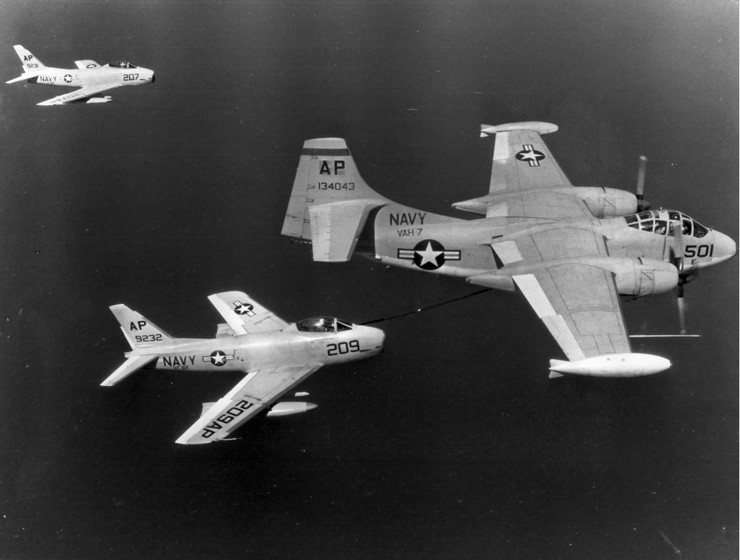
A total of 143 AJ aircraft were built during its production run. Today, only one example survives: an A-2B, Bureau Number 130418, which is preserved at the National Naval Aviation Museum at Naval Air Station Pensacola, Florida.





